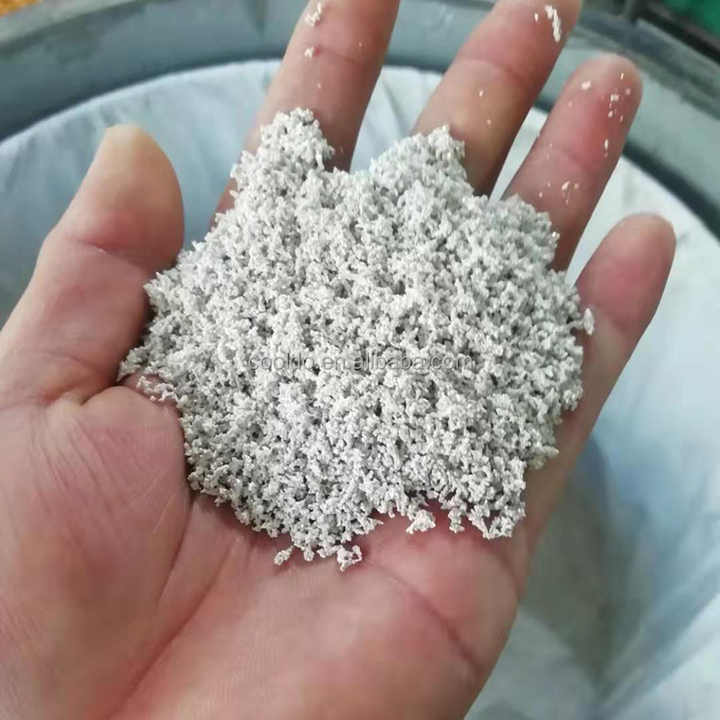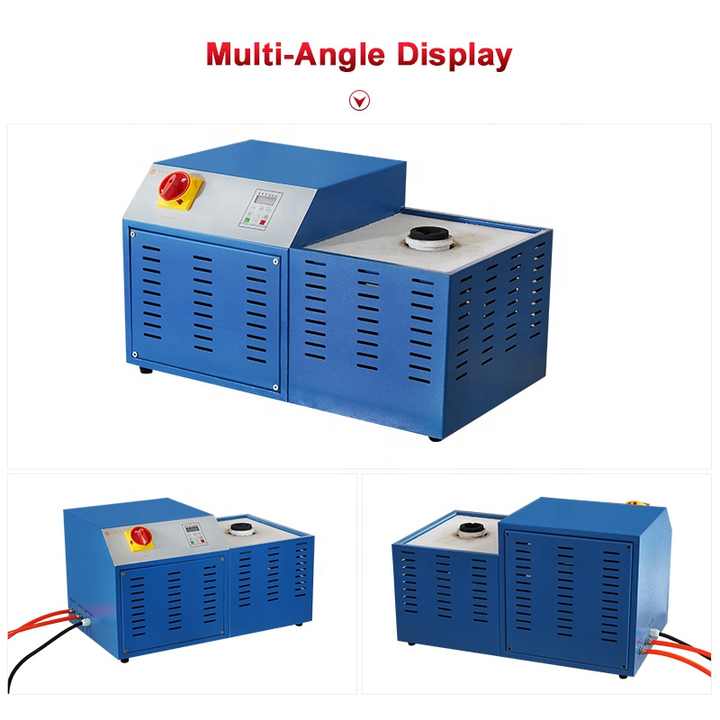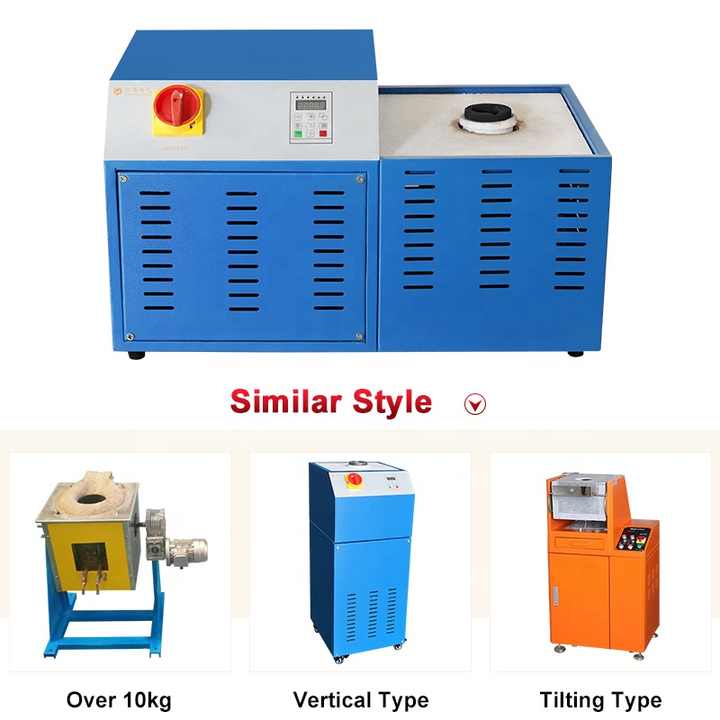refining sterling silver to pure silver
Refining Sterling Silver to Pure Silver An In-Depth Guide
Sterling silver is highly valued for its beauty and durability, but it is not pure silver. Composed of 92.5% silver and 7.5% other metals, primarily copper, sterling silver still contains impurities. Refining sterling silver to pure silver involves removing these additional elements to achieve a higher level of purity. This process is essential for industries that require pure silver, such as jewelry making, electronics, and investment.
Understanding the Refining Process
The process of refining sterling silver to pure silver requires a series of chemical or electrochemical steps that separate silver from other metals. While sterling silver is already considered a high-quality alloy, refining it further ensures the purity needed for specific applications where 99.9% pure silver is required.
When refining sterling silver to pure silver, various techniques are used depending on the scale of the operation and the desired level of purity. These methods are carefully selected to maximize the yield of pure silver while minimizing waste and energy consumption.




Methods of Refining Sterling Silver to Pure Silver
There are several methods for refining sterling silver to pure silver, each with its advantages depending on the scale and desired result. The most common methods include chemical refining, electrolysis, and physical refining processes.
Chemical Refining for Higher Purity
One of the most effective methods of refining sterling silver to pure silver is chemical refining. This process involves dissolving the alloy in a chemical solution, typically nitric acid. Once the sterling silver is dissolved, the silver separates from the other metals and is precipitated out of the solution as pure silver. The remaining metals can be removed or discarded, and the silver can be further refined if necessary.
This method is often used for smaller-scale refining or when high precision is needed. Chemical refining can achieve very high levels of purity, making it suitable for industrial and commercial applications.
Electrolytic Refining
Electrolytic refining is another method used for refining sterling silver to pure silver. This process uses electricity to separate pure silver from the other metals in the alloy. In this method, sterling silver is placed in an electrolytic cell as the anode, while a pure silver cathode collects the refined silver. As the electric current passes through the electrolyte solution, pure silver is deposited onto the cathode, while impurities are left behind at the anode.
Electrolytic refining is commonly used in large-scale operations because it is efficient and can handle substantial amounts of silver. It is a precise process that consistently produces high-purity silver.
Physical Separation Techniques
In addition to chemical and electrochemical methods, refining sterling silver to pure silver can involve physical separation techniques. These methods include melting and filtration processes that rely on heat and gravity to separate silver from other metals. While less common, these methods can be useful for smaller refining tasks or in situations where chemicals are not available.
Physical methods can help prepare the alloy for further refining using chemical or electrolytic processes by separating larger particles or removing surface impurities. However, they typically cannot achieve the same level of purity on their own.
Benefits of Refining Sterling Silver to Pure Silver
Refining sterling silver to pure silver offers numerous benefits for industries that rely on high-purity metals. Pure silver is not only more valuable but also has superior properties compared to sterling silver, such as better conductivity, corrosion resistance, and malleability.
Enhanced Value for Jewelry
For jewelers, refining sterling silver to pure silver means they can create pieces that are not only visually stunning but also highly durable and resistant to tarnishing. Pure silver is less likely to oxidize over time, making it ideal for creating heirloom-quality jewelry that maintains its beauty for generations.
Moreover, the high purity of refined silver allows for more intricate designs and better workability, enabling craftsmen to achieve finer details in their jewelry pieces.
Industrial and Technological Applications
Refining sterling silver to pure silver is also critical in various industrial applications. Pure silver is a key material in electronics, solar panels, and medical devices due to its excellent electrical and thermal conductivity. Even small amounts of impurities in silver can significantly reduce its efficiency in these applications, making the refining process essential for producing high-performance components.
In technology, silver is often used in contact switches and circuit boards because of its low resistance. Pure silver’s superior conductivity ensures that these components function reliably and efficiently, making it indispensable for manufacturers.
Investment and Bullion
For investors, refining sterling silver to pure silver increases the value of silver bullion. Pure silver coins and bars are more desirable in the investment market because they hold intrinsic value and can be easily traded or sold. Investors seek out pure silver because it offers more stability and is recognized globally as a store of value.
Refined pure silver is often used in producing high-purity silver bullion, which is widely traded in financial markets. Refining silver ensures that investors receive metal that meets strict purity standards, enhancing its appeal as a reliable investment asset.
Challenges in Refining Sterling Silver to Pure Silver
While refining sterling silver to pure silver offers numerous advantages, the process is not without challenges. The use of chemicals and electricity requires careful handling to prevent accidents and environmental damage. Refiners must adhere to strict safety protocols when working with chemicals like nitric acid, which can be hazardous if not properly managed.
In addition, achieving extremely high purity levels can be costly and time-consuming. It may require multiple refining cycles to remove even trace amounts of impurities, especially in large-scale operations. However, advances in refining technology continue to make the process more efficient and environmentally friendly.
Environmental Considerations in Refining Sterling Silver
Refining sterling silver to pure silver can have environmental implications, particularly when chemical processes are used. The disposal of chemical waste must be handled carefully to avoid contamination of water sources or soil. In recent years, refiners have adopted more eco-friendly practices by recycling chemicals and reducing waste.
Additionally, silver refining contributes to sustainable resource management by recycling silver from scrap materials, reducing the need for mining. By refining and reusing silver, industries can meet demand while minimizing environmental impact.
Refining sterling silver to pure silver is a crucial process for producing high-quality, valuable silver. Whether for jewelry, industrial use, or investment, pure silver offers superior properties and increased value. The various refining methods, from chemical refining to electrolytic processes, ensure that silver meets the high standards required by different industries. With growing demand for silver, the importance of refining sterling silver to pure silver will only continue to increase.















